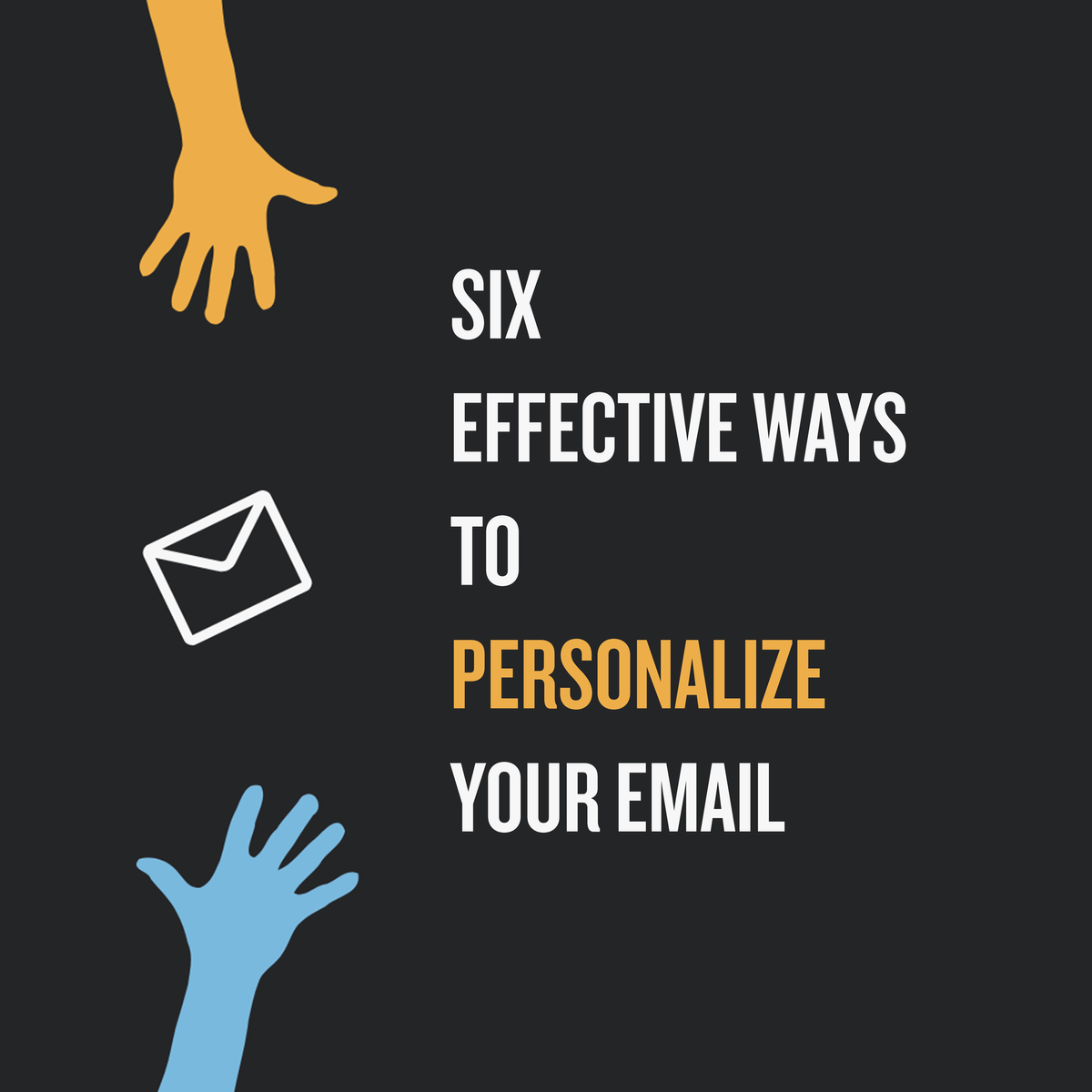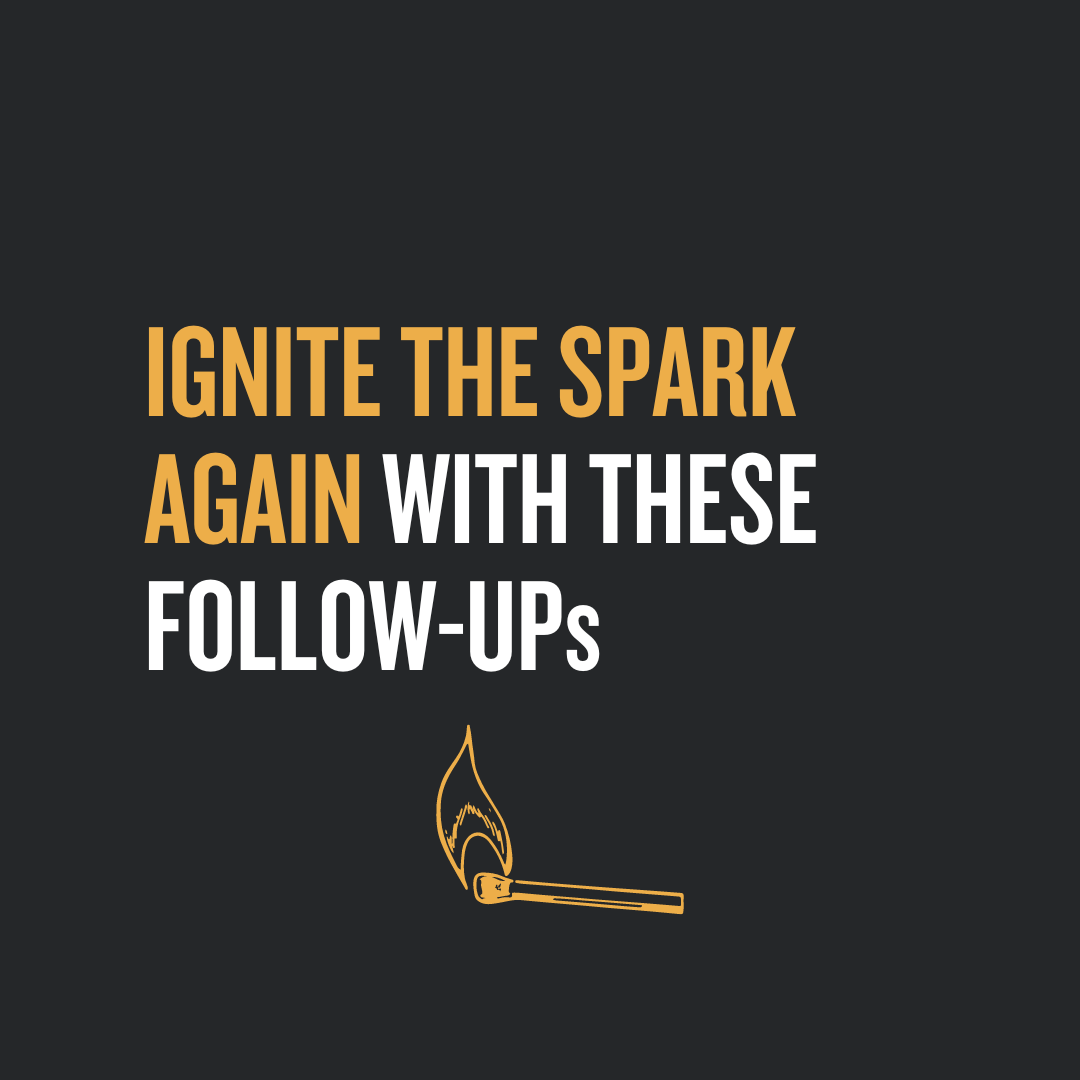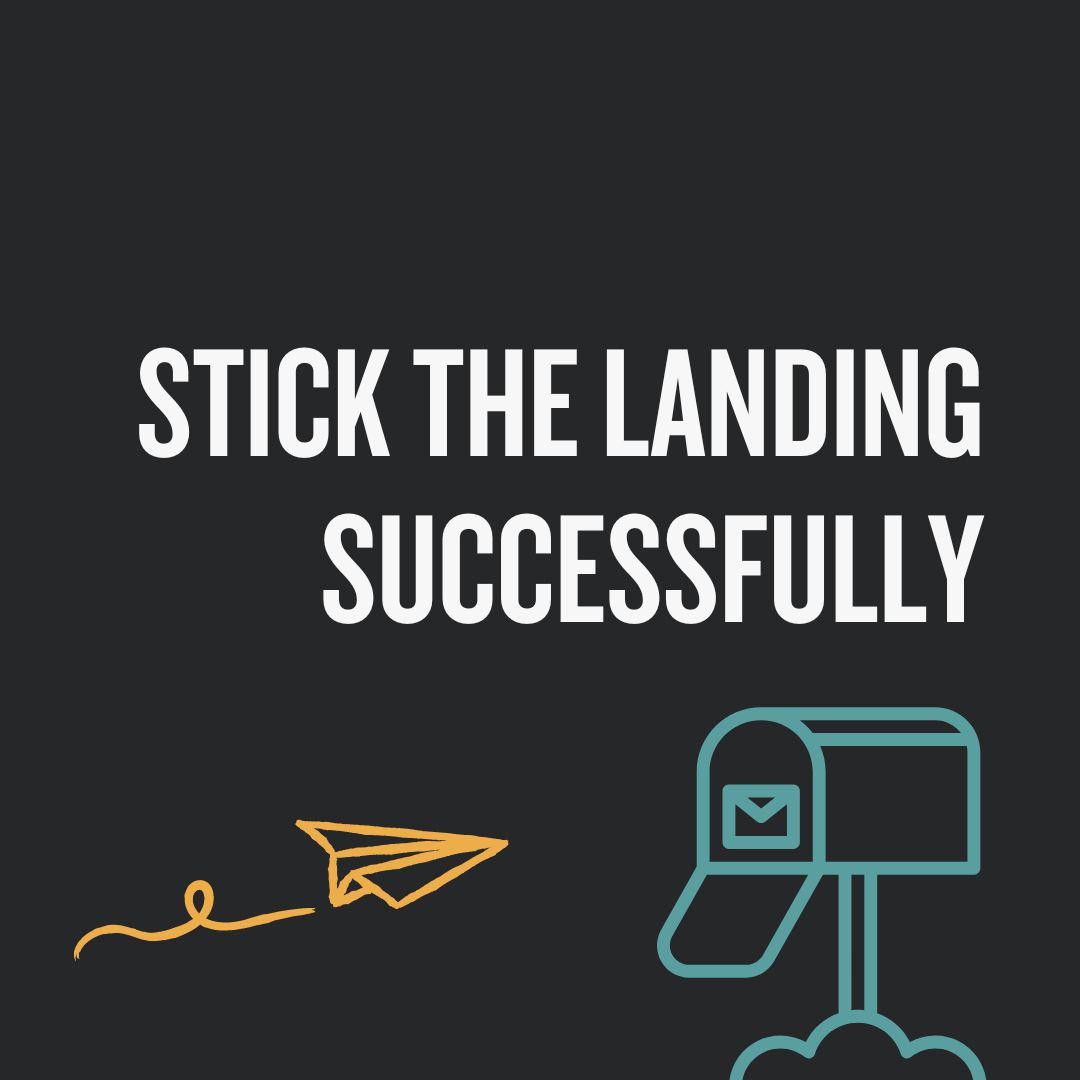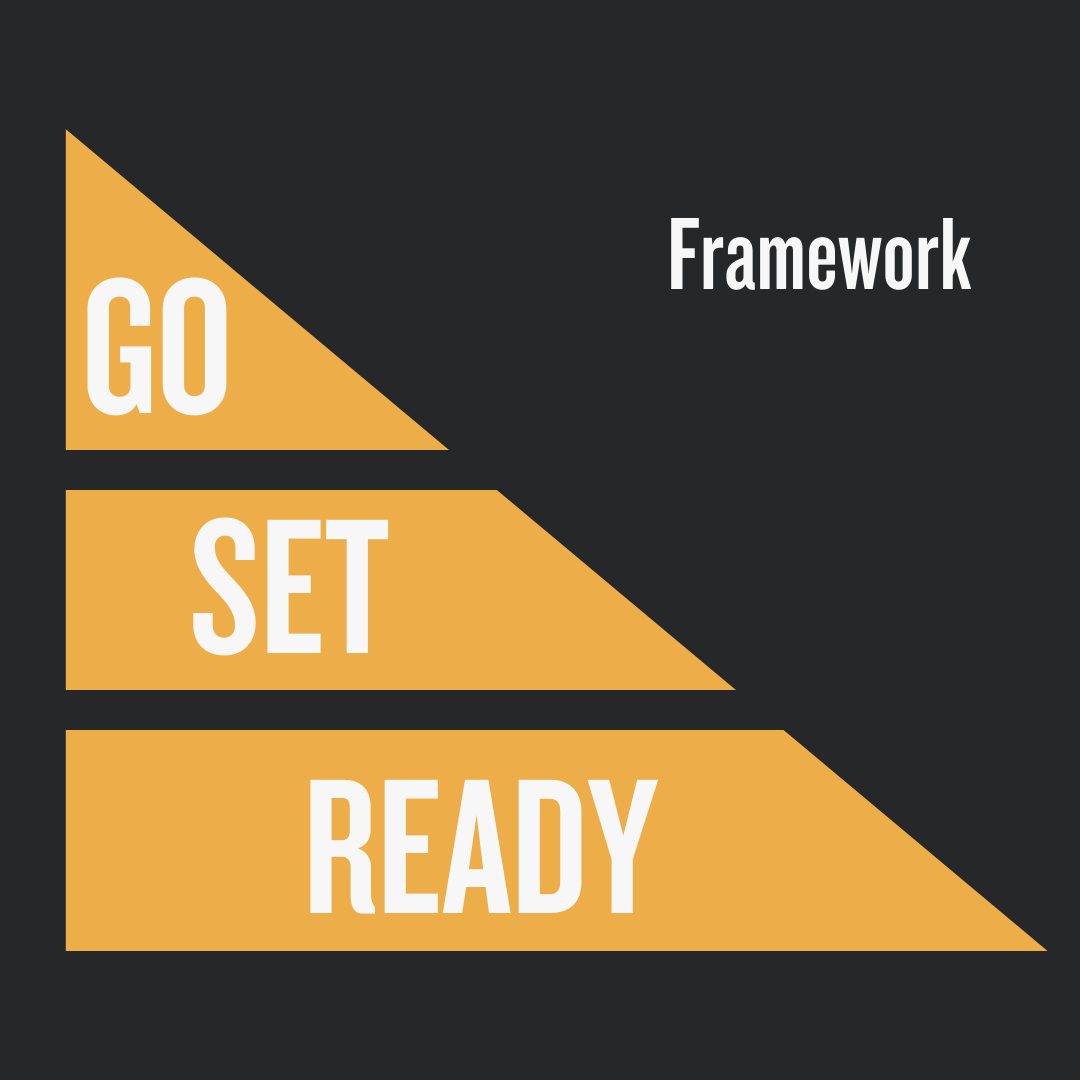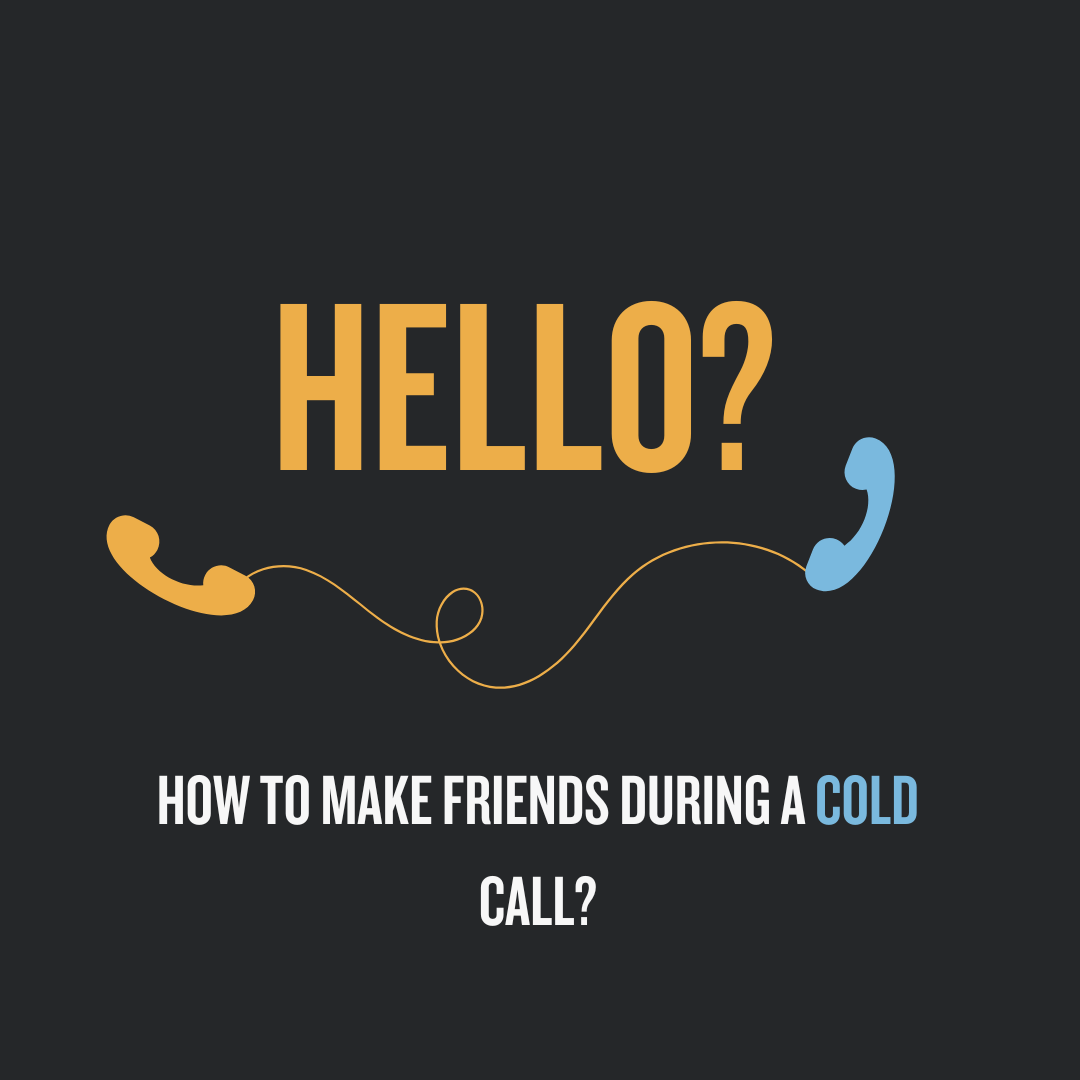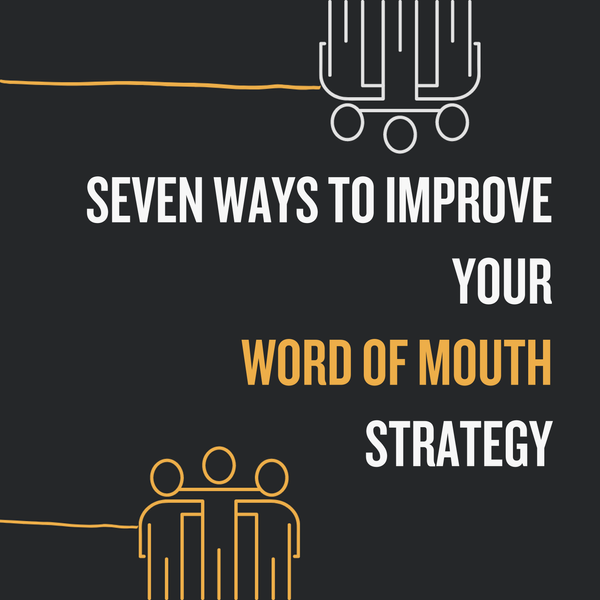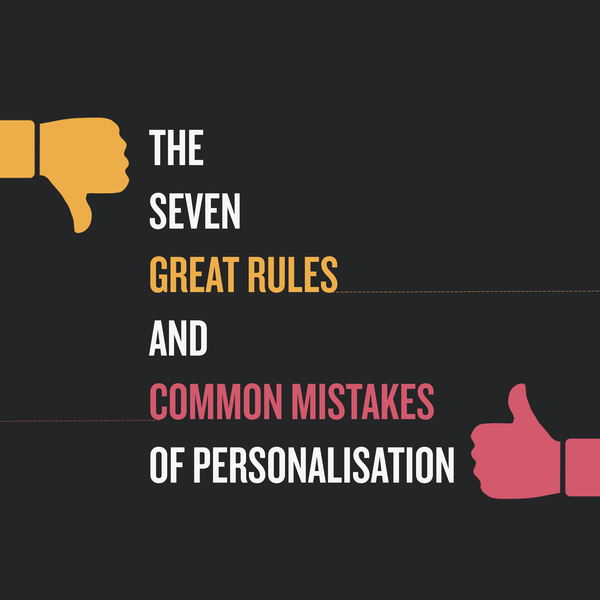Imagine receiving hundreds of similar sales emails every day, would you read them all? Probably not.
Whenever you need to pitch a new B2B prospect to sell your product, you might face the fact that your email can simply get lost in the sea of other emails that your prospect receives every single day. And what can you do about it? How can you change this situation?
Or in other words, what do you need to do to stand out and make the prospect at least open your email?
Well, one of the efficient solutions is to personalize your message in the best way possible. More often than not people think that personalizing means adding the name of the prospect or their job position and letting it be. To some extent, it really is a personalization but not a high-quality one.
The biggest trick of personalization is to find this exact point from the prospect’s biography and tie it into your value proposition. Generally, there are six ways of personalization, where you can find the best pieces of biography to base your intro on.
You need to make your prospect intrigued, engaged, and even invested, so they will read your email and respond to it. If you are still confused about how to do that, don’t worry.
Because in this article, I will tell you about six ways of personalization that will drastically change your outreach for the better.
1. Self–authored content
This is one of the most effective ways of personalization. Self-authored content is effective because the prospect writes it themselves, freely embracing their opinion and offering it for the world to judge. So, responding to their content feels like you are validating their thoughts and opinions. This way of personalization works the best because prospects share their thoughts to have more engagement, and they are already interested in hearing your thoughts on their insights.
For instance, you can use the posts or articles written by your prospect. Basically, use their own content to reach out to them and your prospect will more likely respond.
So, in short, the self-authored content consists of:
- Speaking events
- Webinars
- Articles
- Posts
For example, I liked your post on trading from a year ago. Specifically, I enjoyed your advice #5 “Use as many sources of information as you possibly can”. Information gathering is a crucial part of trading and needs to be treated accordingly.
2. Engaged content
What can you do if your prospect doesn't have self-authored content and stays pretty silent on LinkedIn? Well, prospects have a habit of social listening - even if they don't write their content, they read, like, and share content from other people.
Engaging content is the second-best option for personalization and will help you gain a deeper understanding of your prospect. Show interest in the topics that your prospect engaged with and do your best to tie them with your value proposition. To find the list of engaging content, go to the prospect’s LinkedIn (or other social media) profile and click the "all activity" button:
- Commented on content
- Shared content
- Liked comments
- Liked posts
For example: “Recently you commented on a post about new hiring policy in the trading companies across the USA and really liked it because…”
3. Self–identified traits
When the prospect doesn’t write content and doesn't really engage with anything - your next move will be to analyze their self-identified traits. How do they perceive themselves? What are their achievements? What are their skills, and what can they do the best?
You can find this information in the next points on the prospect’s social media profile :
- Profile Line: about me-section is a great source for personalization.
- Company Line: talk about them and what they were able to achieve.
- Headline: right below picture – what your prospect can do. For instance, tell them how cool their headline is.
The secret is to genuinely admire their skills, commend them on their achievements and overall be the best fan of your prospect. Prospects can feel your lies from a mile away, so either try your best and be genuine or don’t use this way of personalization at all.
For example: “As a professional who worked on terminal operations and continues to manage the hedging, basis, and spread positions for the shipping book, you must always strive to have an organized working environment…”
4. Non-business-related personalization
Well, if you tried the first three ways of personalization and found nothing, it’s time to take personalization to a bigger scale. Sometimes people don't share their business achievements and prefer to keep them under wraps. But what they love to share is their non-business-related information.
And guess what, you can absolutely use it for your personalized email. Don't worry you still have plenty of information to base your personalization on:
- Personal interests
- Charities
- Hobbies
- Recommendations
- Skill Endorsements
- Languages they speak
For example: “As a former baseball player, you must understand the value of your energy and multitasking, you certainly recognize the worth of your time…”
5. Background centric
Information for personalization is hidden in layers from the easiest to the less efficient. If your prospect doesn’t write their content, isn't active on their social media, and doesn't like to write about themselves in a non-work-related way, then you can use the fifth way of personalization - the prospect’s background.
- Tenure at company
- Career trajectory
- Recommendations were given/received
- Boards they are on
- Mentoring. Professional related
- Awards received
- Certifications
- Mutual connections. But don’t start from that, you lose personalization and advocacy and show you are not interested in them.
- Skill endorsements
For example: “It’s a pleasure to find such professionals as you! Not only that you are an experienced business developer, but you also spent a good 3 years as a CPA mentor... ”
6. Company-level
This is usually the least effective way of personalization and should be your last choice.
You see, in the previous five points, you more or less talked about the prospects themselves. They were the hero of your email and that is why those points are the most effective. The company-level way of personalization will switch the attention from your prospect to their company and at this point, many reps lose their personalization. But the truth is you still can find your way around with enough company-level information.
So, if the company-level information is the last resort, you can still turn it to your benefit by writing about:
- Problems insights/inputs
- News mentions
- Key hires made
- M & A
- Posts
- Blog entries
- Hiring
The secret of good personalization is well-analyzed information that your prospects offer voluntarily. There is always something out there that will help you to understand the prospect better and, hence, personalize your email in the best way possible.
But don’t forget one of the key points of high-quality personalization - be genuine.
Don't hesitate to commend your prospect on their achievement, to tell them they are doing great or that they are an inspiration to you. In other words, don't hesitate to be cheesy as long as you really mean your words and are writing them genuinely.
So, the next time you will personalize another email, you will know how to do it even better than before! Learn more about the four main components of personalization in this article.


